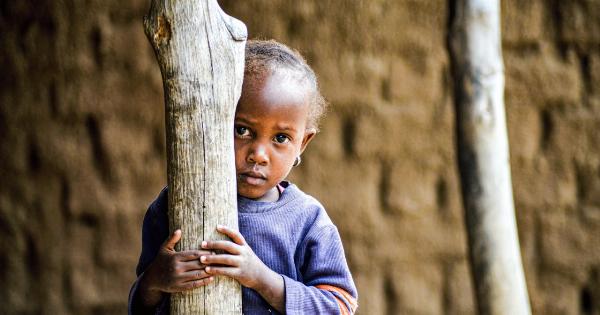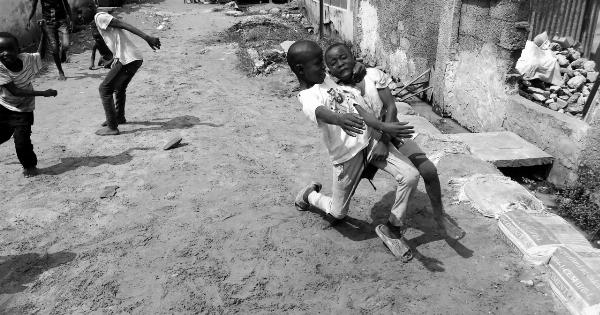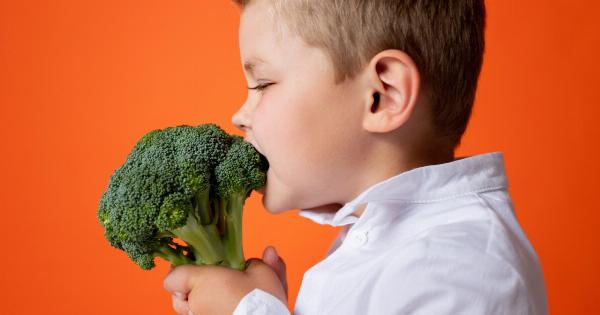Childhood asthma is a chronic condition that affects millions of children worldwide. It’s a respiratory condition that causes inflammation and narrowing of the airways which makes it difficult for children to breathe.
The condition can cause a range of symptoms, including wheezing and coughing, which can be severe enough to interfere with daily activities.
What are the Causes of Childhood Asthma?
The causes of childhood asthma are not entirely understood. However, most experts believe that childhood asthma is caused by a combination of genetic and environmental factors.
Some of the most common environmental triggers that can lead to asthma in children include exposure to: – Pollen – Dust mites – Pet dander – Pollution – Smoke.
The Association between Childhood Asthma and Allergies
Studies have shown that there is a strong association between childhood asthma and allergies. In fact, up to 80% of children with asthma have at least one allergy that triggers their symptoms.
The most common allergens that are known to trigger childhood asthma include:.
1. Dust Mites
Dust mites are one of the most common allergens that trigger asthma symptoms in children. These tiny insects thrive in warm, humid environments, such as bedding, carpets, and upholstery.
Children who are allergic to dust mites may experience symptoms such as wheezing, coughing, and shortness of breath when exposed to the allergen.
2. Pollen
Pollen is another common allergen that can trigger childhood asthma. This microscopic substance is released by plants during the spring and summer months.
When children with asthma inhale pollen, it can cause their airways to become inflamed and narrow, making it harder to breathe.
3. Pet Dander
Pet dander is also a common allergen that can trigger childhood asthma symptoms. It’s made up of tiny flakes of skin, hair, and feathers that are shed by pets, such as cats and dogs.
Children who are allergic to pet dander may experience symptoms such as wheezing, coughing, and shortness of breath when exposed to the allergen.
4. Mold Spores
Mold is a type of fungus that grows in damp environments, such as bathrooms, basements, and kitchens. When mold spores become airborne, they can trigger asthma symptoms in children who are allergic to the allergen.
Common symptoms of mold allergy include wheezing, coughing, and shortness of breath.
Prevention and Treatment of Childhood Asthma and Allergies
While there is no cure for childhood asthma or allergies, there are steps that parents can take to prevent and treat these conditions. Here are some tips:.
1. Identifying and Avoiding Triggers
The first step in preventing asthma and allergies in children is identifying and avoiding triggers. This can be done by keeping track of the child’s symptoms and pinpointing specific triggers that seem to trigger their symptoms.
Once the triggers have been identified, parents can take steps to avoid them, such as keeping pets out of the home or using allergen-proof covers on bedding.
2. Medications
There are several medications that can be used to treat childhood asthma and allergies, including bronchodilators, corticosteroids, and antihistamines. Bronchodilators are used to open up the airways, making it easier for children to breathe.
Corticosteroids are used to reduce inflammation in the airways, while antihistamines are used to block the effects of histamine, a chemical that is released during an allergic reaction.
3. Immunotherapy
Immunotherapy is a treatment option that can be used to decrease sensitivity to allergens. This treatment involves injecting small amounts of the allergen into the child’s body over time, which helps to build up a tolerance to the allergen.
Conclusion
Childhood asthma is a chronic condition that can be triggered by a range of environmental factors, including allergies.
Identifying and avoiding triggers, using medications, and undergoing immunotherapy are some of the most effective ways to prevent and treat childhood asthma and allergies.




























